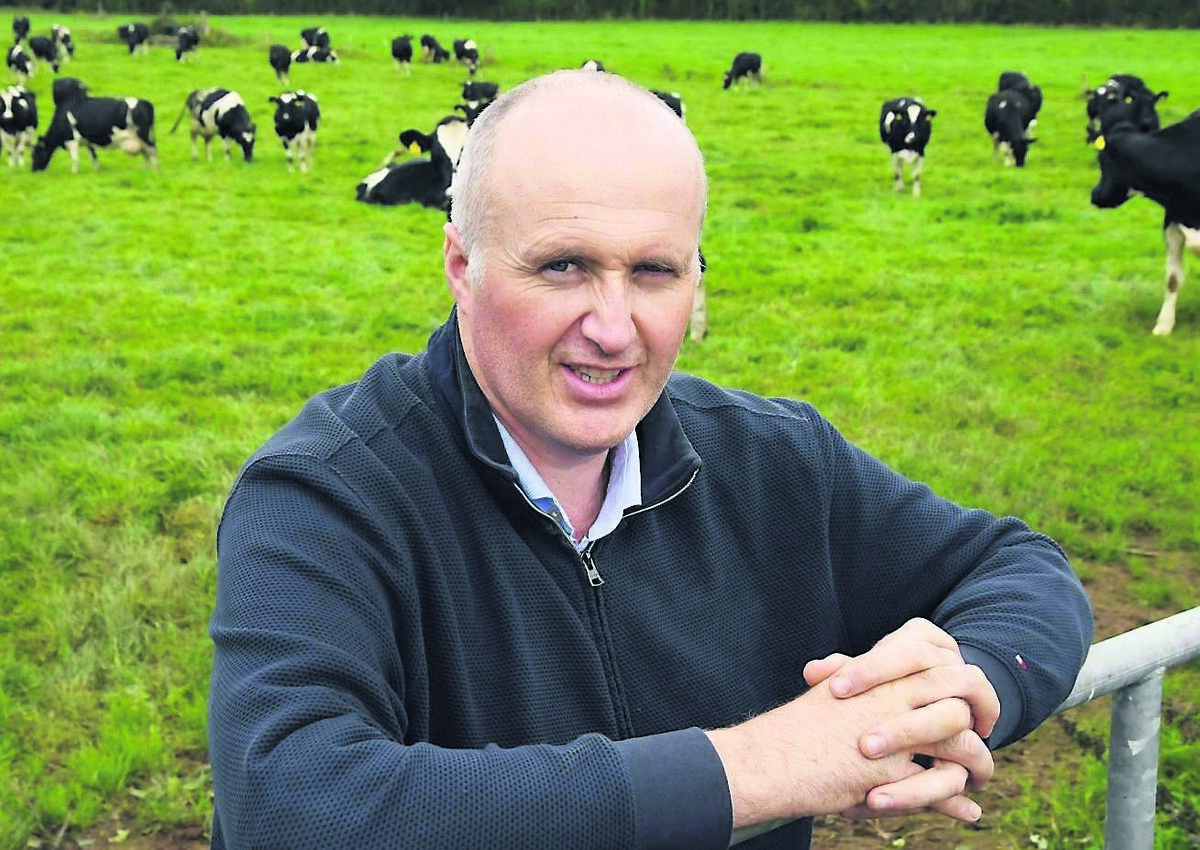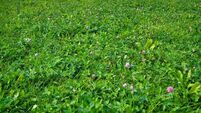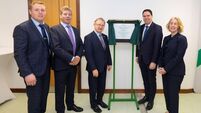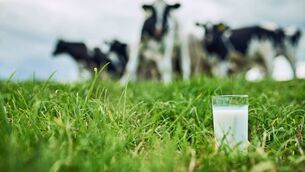CAP funding to dictate a decade of choices

, president of ICMSA, looks ahead to how the latest round of CAP funding changes will impact farm-level decisions for Irish dairy farmers

- ICMSA believe that capping should be fixed at €66,000.
- ICMSA believes that convergence should stop at 85% and other measures adopted to counter losses being inflicted on farm families with high payments per hectare but a low overall payment.
- ICMSA is proposing that an analysis of those losing under convergence should be carried out in relation to the impact a CRISS payment would have for these farmers. A decision in relation to percentage allocated to CRISS above could then be made based on fuller information and a clearer picture.
- The maximum allocated to Eco Schemes must certainly not go beyond 25% but should be considerably lower given the severe losses under convergence suffered by some farmers. There is also a strong possibility of non or low take-up up of Eco-schemes by farmers if the terms and conditions are too onerous.
- If a gender equality intervention can be introduced to encourage greater participation of women in agriculture, then it must be supported. Accordingly, ICMSA endorses the submission made by the Women in Agriculture Stakeholders Group.
ICMSA believe that an active farmer must have at least 0.15 livestock units per hectare on lands declared as forage. This would mean that the active farmer would have to have an annual stocking rate of 0.15 and hold stock for at least seven consecutive months as per ANC rules in place.
ICMSA defines an active farmer as a farmer who can provide evidence that they are engaged in farming activity. This means they are actively managing their land and selling farm produce on a consistent basis.
An active farmer should also have farm product output of at least 50% of the value of his/her own Pillar I payment from the previous year. This output includes the sale of livestock, milk, and crops.
An active farmer under the conditions set out above would be able to draw down a Pillar I payment.
A non-active farmer includes a farmer who owns land or entitlements and leases all of it.
A non-active farmer should not be able to draw down a payment in Pillar I, but this non-active farmer would have the option to lease out entitlements to an active farmer. A clawback of 5% per annum should apply where entitlements are leased by a non-active farmer. This clawback does not apply to an active farmer who leases out entitlements. The funding available from the clawback would be used to compensate farmers negatively impacted by convergence.
Every year, payments are lost or delayed due to issues relating to land eligibility. Areas of the farm deemed not eligible are often removed such as scrub, rushes, ponds and farm roadways. We think all these features should be deemed eligible for calculation and we think that such a simple act would represent real progress and improve biodiversity exponentially. It is to be welcomed that 30% of a parcel can now be used for water protection, biodiversity, or climate measures and ICMSA is firmly of the view that scrub, rushes, ponds, farm roadways and other features fall naturally under this definition and should be recognised.
In terms of design and effect, there will need to be a very considerable buy-in from all farmers if the ambitions behind the eco-schemes are to be achieved and we think it likely that the first year will decide whether or not the schemes are going to act and effect in the desired way for the next four years.
ICMSA has published several options that we believe should be considered for inclusion as options for the Eco-scheme and we believe that a full debate must be afforded to each option. We believe, moreover, that the eco schemes must be amended and refined based on recommendations for the farmers who will be required to implement these options. The people in the schemes will know what works and what does not, and the schemes must be flexible enough to accommodate that.
The Terms and Conditions of these options must be easy to implement, so that, for instance, when applying for the BISS, a farmer can simply pick the options that they wish to deliver. ICMSA is proposing that top-ups should be applied using unspent monies to those who adopt additional Eco-scheme options.
- ICMSA Agri-Environment Proposals:
- Funding available to fund participation of 70,000 farmers with payments up to €15,000 per farm.
- Realistic options available for commercial farms.
- Separate funding source for “Local Project Teams” and consultant training.
- Guarantees for farmers adjoining land re-wetting sites.
- Viable markets identified for organic produce.
- Under the proposed Dairy Beef Welfare Scheme intervention, ICMSA welcomes the Minister’s commitment to this issue but is concerned that the Terms & Conditions and payment rates may make the scheme unattractive to farmers. It is essential that given its climate efficiency dairy beef production is incentivised and that the maximum number of farmers avail of this scheme.
The need for a continuation of on-farm investment both in terms of fixed structure facilities as well as mobile equipment is utterly self-evident and should be beyond question.
However, at present, the Dairy Equipment Scheme is not an option under this new intervention and ICMSA find it remarkably inconsistent that a scheme that has such a wide range of laudable aims completely ignores the purchase of equipment that improves efficiency, animal, and human health and would most certainly help on all the related issues.
ICMSA is proposing that dairy investments are included in the on-farm capital investment scheme, that a 60% grant should be available for all farmers, and that a new €120,000 investment ceiling should be applied.
Young farmers need to be supported under the new CAP. That is an unproblematic assertion.
However, ICMSA believes that older farmers also need to be supported up to and through the transition to the next generation of farmers. In this regard, ICMSA propose a two-fold approach, encouragement of younger farmers into the industry and encouragement of older farmers to reduce their workload.
ICMSA is focused on two aims we will bring to every discussion and debate on this most important issue.
Firstly, the Government must provide the maximum level of co-funding allowable and that payments under the schemes should be index-linked going forward.
Secondly, it is essential that the CSP focuses on family farms who are dependent on farming for their income and who play the central decisive role in the rural economy.













